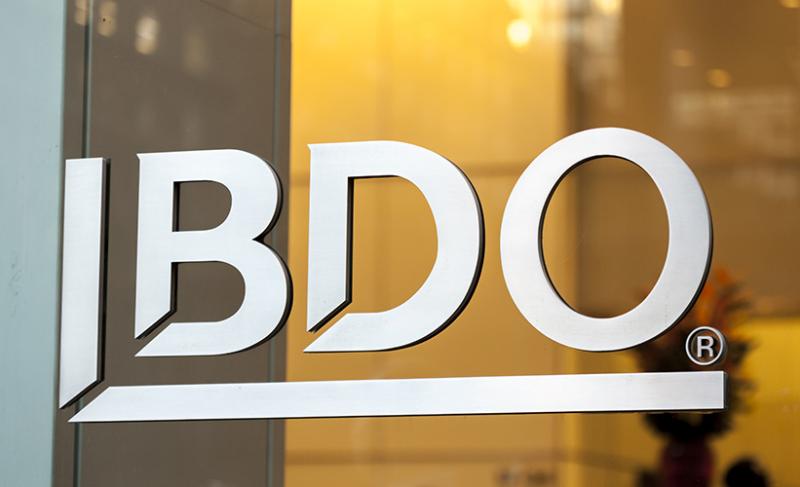Pressure, as it goes in the song by Queen: “Pressure, pushing down on me, pressing down on you…”
Just as Freddie Mercury’s popular refrain sticks in your head, both good and bad pressures get inside every organization. Those pressures can push people to do the right thing faster and better, or press people and organizations into making bad decisions.
The ultimate question is, inside your organization, is pressure pushing people to excel or crumble? Or has pressure’s character led your people toward negative, even unethical behaviors?
Pressure
The best study of negative pressure’s impacts was done in the 1950s by Solomon Asch. Asch tested the effects of group pressure: 75% of the subjects knowingly went along with obviously wrong answers to a simple question—demonstrating group pressure at work. Asch’s study tasked participants to say which of three lines was the longest. The test subjects were asked second to last which of the three lines was the longest. The plants, everyone in the group aside from the test subject, would advocate to the group that the longest line was in fact the shortest. 75% of the time, the subject went along with the groups wrong answer.
When asked about this afterward, the subjects consistently replied, “I did not want to go against the group.”
If a group of random strangers can exert this type of pressure on others, what type of pressure does your organization’s exert? If you combine the normal power of group dynamics with the additional pressure of the authority of a boss, you can easily begin to see the unintended effects of pressure, pushing people in the wrong direction.
Organizations of all sizes have gotten into major trouble when the pressure goes the wrong way and promotes and even encourages unethical behavior, remember Enron?
If unspoken pressure can lead to unethical and negative behavior, let’s understand what behaviors create pressure, both good and bad, and take intentional steps each day to make sure the pressure is going in the right.
No matter your title, your behaviors contribute to the group dynamics where you work. Do you show up on time to work, on time for meetings, and do you text during meetings? What does this tell others about the culture or your image as being “above the law”? Are you creating more bad pressure each day?
Then, there are the clearly big things: how do you treat your co-workers when times are tough? Do you do the right thing, even if no one seems to be looking and it is not the path of least resistance? These decisions get projected into the collective, and gaps and disparities in values inflate the pressure, positive and negative.
Pressure’s slippery slope
If we apply a standard bell curve to this concept of pressure, once we move past the 50% threshold for good vs. bad pressure, we quickly drop off and fall further down the curve. This is where the power of group dynamics really comes into play.
If your organization lets those little and big decisions go the wrong way more than 50% of the time, doing the wrong thing is an everyday thing. Enron didn’t decide one day to perpetuate a massive fraud. Top-down, they fostered the wrong pressures onto their people, until group dynamics took over and the rest is history.
How can we take intentional steps to foster the right type of pressure and demonstrate what is right versus what is expedient or easy to others?
The first step starts with those at the top of the organization. If the partners or executives inside an organization are not committed to “good” pressure, all is lost. As a leader you need to say the right things, as hard or tiring as it seems—because you set the tone for everyone else. Consistent demonstration of the right pressures—and the right behaviors under pressure—make an indelible, lasting imprint.
The second step is to recognize when those in the group take the correct actions when faced with tough decisions. Did someone make the correct and accurate accounting entry, even though it may mean missing a client’s expectation? Or were they encouraged to “plug” the number? Hopefully, everyone reading this expects those they work with to record the correct entry each time. What we see in fraud and ethics issues are good employees succumbing to pressures that lead everyone down the wrong path.
Finally, when those at the top embody the right tone, and group members make the right decisions, the final step is acknowledging people when they do the right thing.
Grace under pressure
This isn’t about rewarding people for just doing their jobs. You are re-enforcing the right behavior by publicly drawing a clear line in the sand through leadership by.
The research on group dynamics shows time and time again that people feel pressure to conform to the group–even when conformity means going with the flow of things that are obviously off-kilter. To ensure the success of our organizations, we need to apply leadership by example when pressure is coming down on our people—to keep us on the other side of the Dark Side of the Force.
What do your actions show each day, are you applying pressure encouraging those around you to make the right or wrong decision, make your own choice and impact the group in the right way.
Thanks for reading CPA Practice Advisor!
Subscribe Already registered? Log In
Need more information? Read the FAQs

![natural_disasters_list_1_.56117a5e5df03[1]](https://www.cpapracticeadvisor.com/wp-content/uploads/2021/12/natural_disasters_list_1_.56117a5e5df03_1_.61c1db14bf0ea.png)



